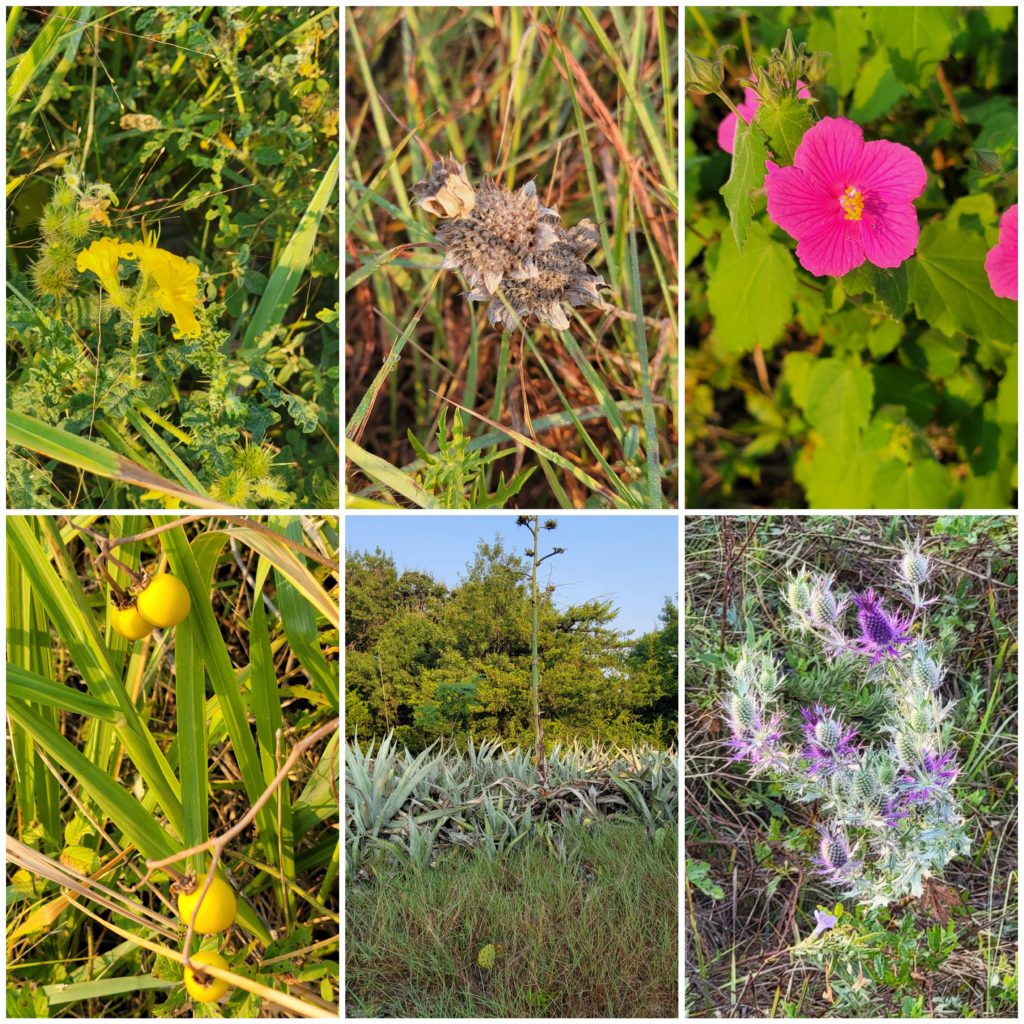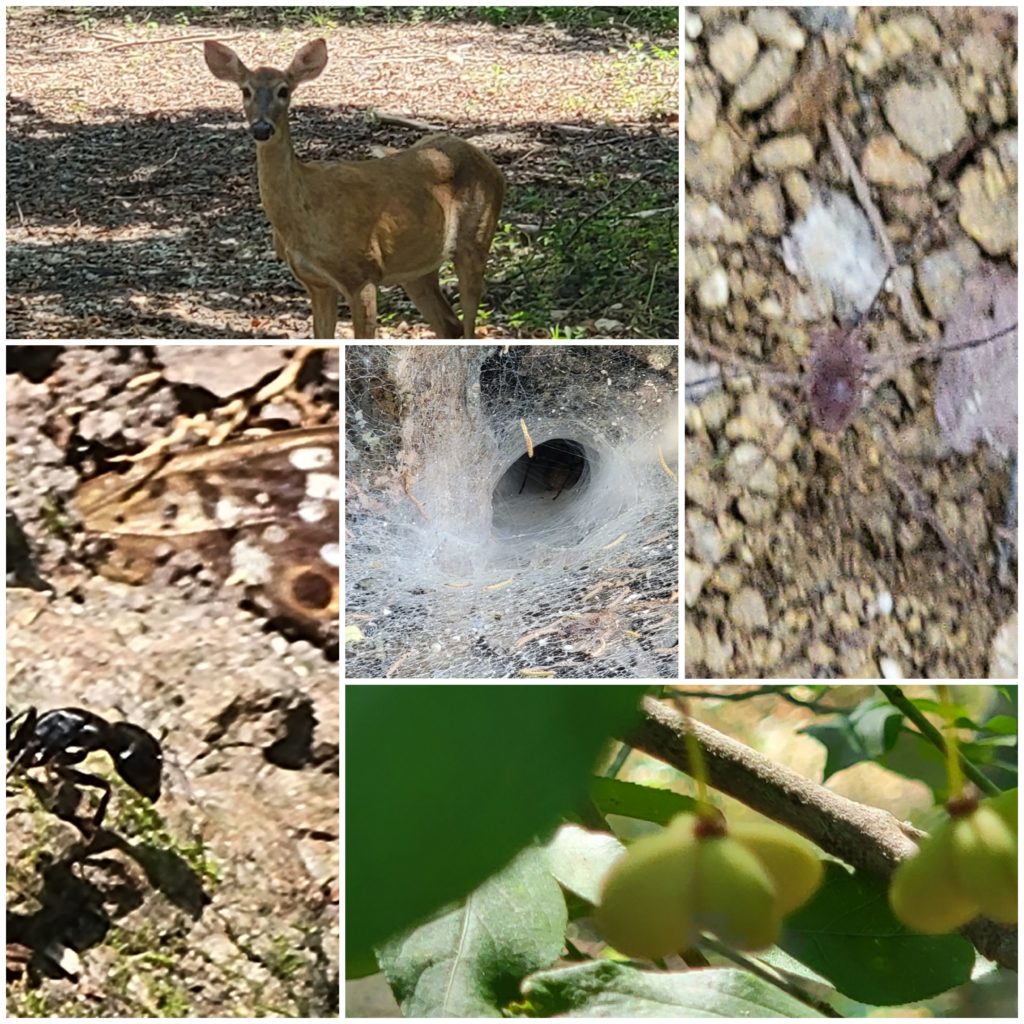
Starting at 12 o’clock Lemon Bee Balm, Pavonia, Eryngo, Century Plant, Solanum, Buffalo Bur
Tom Shackelford, 2018; President
Heard Sanctuary – Volunteer opportunity
The Heard Sanctuary is seeking volunteers to assist in the restoration and preservation of multiple sanctuary projects at the Heard. This is an existing project that has been in place for some time and there is now a renewed effort to address opportunities. This is available to any interested individual and is a great way for interested Master Naturalists to earn volunteer hours. Specific projects follow below.
Sanctuary Volunteers / Things to think about:
- Interested Master Naturalists must first be registered Heard volunteers, who have submitted background checks, filled out necessary liability waivers and completed / passed the orientation that the Heard requires for all volunteers.
- Volunteers are not allowed to use the Heard’s gas powered equipment due to liability issues.
- Your safety and the safety of those volunteering with you is our priority. Contingent upon demonstration of proper knowledge of equipment, functionality and safe use, you may bring a your own personal chainsaw, reciprocating saw or other power equipment. We want all volunteers to feel included and engaged which is why we allow the option for people to bring their own tools.
- Volunteers may encounter any of the following while in the sanctuary.
- Thorns, briars, poison ivy, mud, stinging insects, spiders, snakes and other wildlife native to Collin County. Everyone should expect to potentially encounter resident wildlife in and on the sanctuary and keep in mind “you are a visitor in their home”.
- Bottled water will be provided by the Heard.
Master Naturalists: Routine dress code for activity in the field: Long pants, boots or close-toed shoes; long-sleeved shirts are recommended. Master Naturalists should wear their name badges.
Bring: Drinking water, gloves, sunscreen, insect repellant and face mask (just in case)
Fall/Winter 2021-2022 Heard Sanctuary Restoration and Maintenance Projects
Fridays 8am – 11 Meet at employee parking area/workshop
Questions – Contact Spencer Dudas – [email protected]
Volunteer orientation – Laura Ragan – [email protected]
Cedar Brake Forest –
Remove dead or sick trees from this forest area to:
- Make room in the canopy for healthy cedars to grow fuller foliage.
- Stop the spread of fungus and disease from sick trees to healthy trees
- Ultimately preserve the strange anomaly that exists on Cedar Brake Trail
Privet Removal
Remove Japanese, Chinese and Quihoi privets from the sanctuary, primarily in the areas adjacent to the second impoundment and Ken’s Prairie. All species of Asian privets are detrimental to the health of these forest areas and choke out vital understory plants that are desired.
Sapling and brush removal from prairie sites
A. Remove the masses of willows and cotton wood saplings from the wetland meadow near the start of Wood Duck boardwalk.
B. Remove the excessive dogwood and hog plum thickets that have taken over the prairie adjacent to the bird banding station.

Starting upper left – White tail deer – doe, Leiobuninae (Harvestman family), Wahoo Tree, Easter black carpenter ant, funnel weaver


